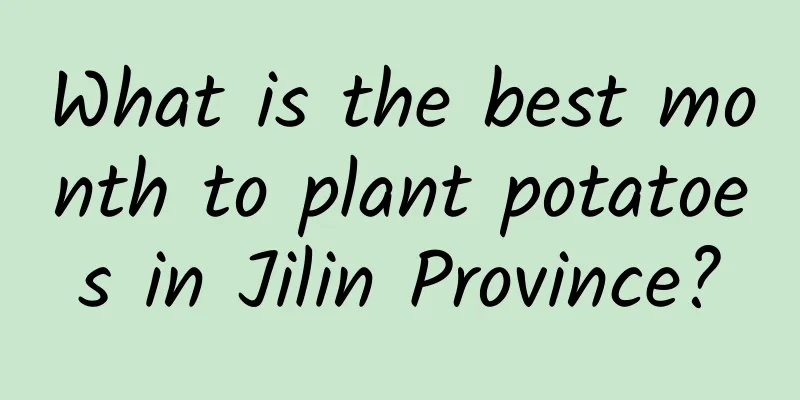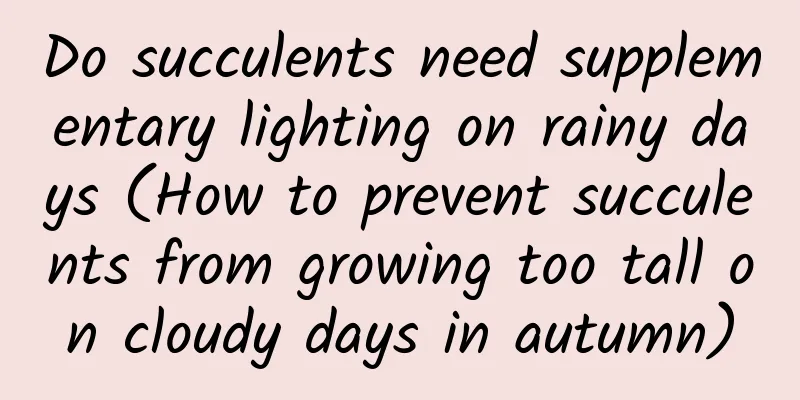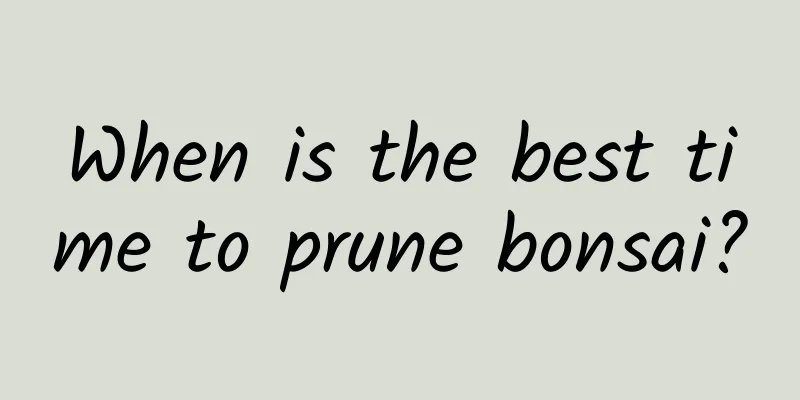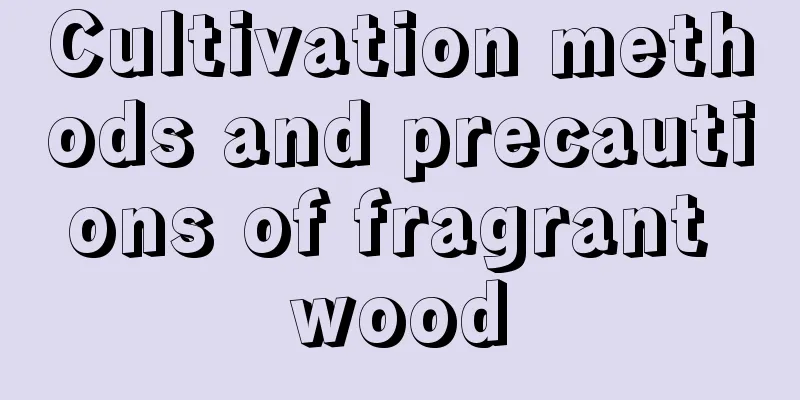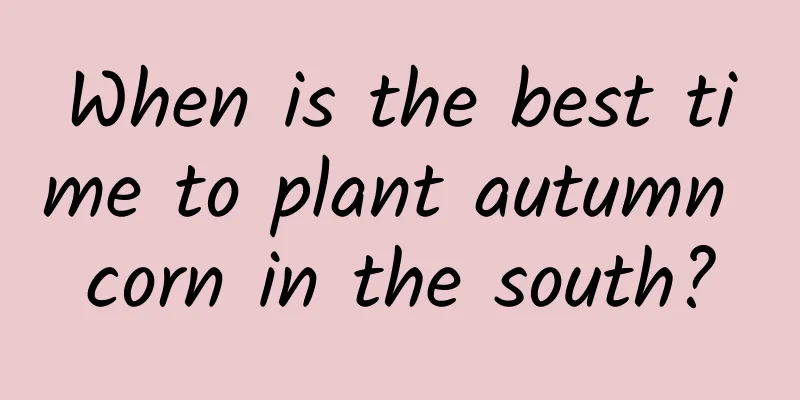Management technology of yellow pear
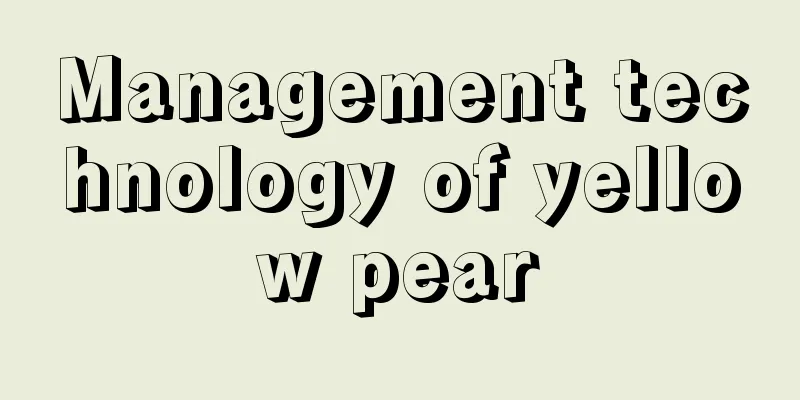
|
Rhubarb pear is a kind of pear that many people like to eat. It is sweet and sour, with crispy and juicy flesh. It is planted in many areas. To achieve high yield and high quality, good management during the flowering and fruiting period must be done. Let’s learn about management technology matters below. 1. Soil management The first step is to tidy up the tree tray. Arrange a tree tray with the main trunk of the pear tree as the center to retain water and fertilizer. The size of the tree circle should preferably be more than 50 cm outside the vertical projection of the tree crown. The second is plowing. Deep plowing is carried out once in autumn with a depth of 20-40cm. In spring, summer and autumn, the orchard is mowed more than 3 times in combination with grass growth. After fruit harvesting, the tree pits are covered with grass. 2. Fertilization management The base fertilizer should be applied in time after the pears are harvested in the autumn of the previous year. 40% of the total annual fertilizer application, 100kg per plant. Before budding in spring, quick-acting fertilizer with high nitrogen content can be applied to the tree pit. In June, some phosphorus and potassium fertilizers can be added. Nitrogen fertilizer is mainly used in the early growth stage, and phosphorus fertilizer is mainly used in the later stage. Use multiple hole-fertilization method under the tree. Combined with underground fertilization, spray fertilizer on the leaves three times based on the aboveground pesticide application. 3. Natural grass After several years of screening, there are many natural grass species in orchards, but the grass species suitable for natural grass growth in orchards in Gaoping City mainly include wild grass species such as mangifera indica, dandelion, Viola yedoensis , vetch , Rehmannia glutinosa, Plantain, coriander, ground lettuce, hairy weed, and summer solstice grass, which are excellent grass species for natural grass growth in orchards. Natural grass can especially increase the biodiversity of the orchard ecosystem. Using natural grass can save about 300 yuan per 0.067 hectares of land. 4. Water irrigation It depends on the water requirements of the pear tree in each phenological period of the year, climate characteristics and soil moisture changes. Pear trees require more water in the early stages, and Gaoping City is prone to spring drought and summer drought. Emphasis should be placed on irrigation during the following periods: irrigation during the budding period, irrigation during the flowering period, irrigation during the spring shoot growth period, irrigation during the fruit expansion period, and irrigation in the late autumn. Irrigation methods: surface irrigation, sprinkler irrigation, drip irrigation, cave irrigation. 5. Pruning management Winter pruning: It is carried out after the fruit trees lose their leaves in winter and before the buds sprout in the next spring. Spring pruning: from bud break to flowering. Summer pruning: Generally it is done on young and vigorous trees. The amount of pruning should be moderate, and the timing and method should be appropriate according to the local phenological conditions. Autumn pruning: carried out when the autumn shoots are about to stop or have stopped growing. 6. Pest and disease control Based on agricultural and physical control, with biological control as the core, we scientifically use chemical control technology in accordance with the occurrence laws of pests and diseases to control pests and diseases economically, safely and effectively. Principles of drug use: Based on the biological characteristics and hazard features of the target of prevention and control, the use of bio-based pesticides, mineral-based pesticides and low-toxic organic synthetic pesticides is allowed. During the dormant period, water the trees to prevent frost damage to improve their resistance to adversity. Scrape off old bark and spray the entire orchard with 5 degrees Baume lime sulfur before budding. Spray the entire orchard in a leaching manner, including spraying the ground. Spray insecticides + fungicides before and after flowering and during the growing season (insecticides can be pyrethroids, emamectin benzoate, ivermectin, ciliary insect, chlorpyrifos, etc.; fungicides can be flusil, benzyl chlorpyrifos, pentocycline, methyl thiophanate, methyl thiophanate, etc.) to control pear psylla, pear black spot, rust and other pests and diseases according to the actual situation. After harvesting the fruits, the whole orchard should be sprayed with chlorpyrifos + carbendazim + 0.3% urea. After the leaves fall, the old bark is scraped off and the trunk is whitewashed. That’s it |
>>: What are the varieties of peach blossoms? What are the varieties of peach blossoms?
Recommend
How to make a pothos bonsai
Prepare the Materials It is too expensive to buy ...
What kind of fertilizer is good for Bletilla striata base fertilizer (base fertilizer application method)
Effect of Bletilla striata base fertilizer Bletil...
Can Anthurium be watered with beer?
1. Can it be poured with beer? It can be doused w...
Purple sweet potato planting time and method
Purple sweet potato planting time Purple sweet po...
How many days does it take for rapeseed to sprout?
Rapeseed is the most important oil crop in China ...
How to propagate camellia by cuttings, the best time to propagate camellia by cuttings
1. Cutting time The time for camellia cutting pro...
Temperature and humidity for growing orchids indoors
1. Temperature Generally speaking, the best growt...
Cultivation methods and precautions of closed sheath ginger
1. Soil It usually has average requirements for s...
The best time to prune elm bonsai
Pruning time for elm bonsai The elm bonsai can be...
The difference between Schlumbergera and Cactaceae
Differences in plant types There is a big differe...
Can the hawthorn tree be transplanted in winter? In which month can it survive?
Can hawthorn trees be transplanted in winter? Haw...
The profit and cost of growing golden cicadas on one acre of land (how much money can be made from breeding golden cicadas on one acre of land)
Analysis on the Benefit and Cost of Cicada Breedi...
How to plant Gloxinia in water
Water plugging period Water plugging is more suit...
Cutting propagation of plane flower
Cutting propagation time of plane flower The time...
How to grow the lucky tree
1. Soil When breeding, use leaf mold, river sand,...
